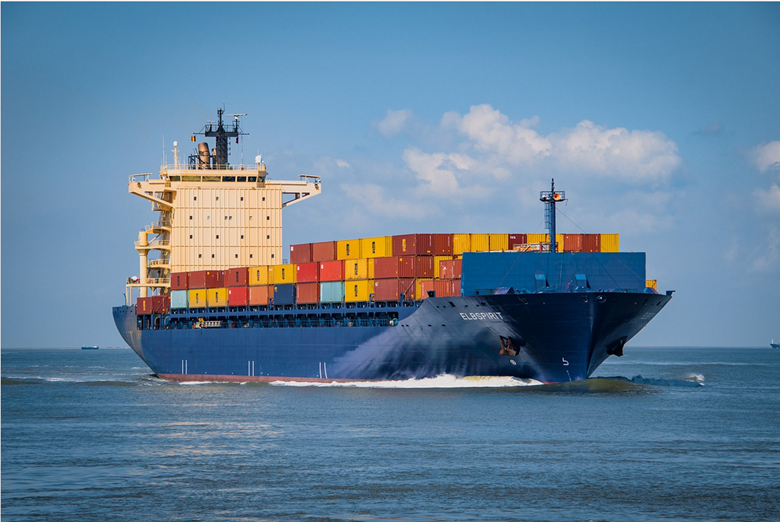Shipping containers hold much of the goods that are used as end products or as components of to be manufactured products. Lean and Six Sigma are used to increase the efficiency with which these containers are loaded, arrive at ports, and are subsequently transported.
We’ll look at applications in Iran, Scandinavia, and Indonesia. We’ll finish with a video of the journey of a single shipping container.
Using Six Sigma Methodology to Reduce Congestion on the Landside of Container Terminals: Iran
In a case study titled “A Six Sigma Framework for Marine Container Terminals,” authors Amir Saeed Nooramin, Vahid Reza Ahoueim, and Jafar Sayareh discuss the use of Six Sigma methodology to minimize truck congestion on the landside of container terminals.
The main purpose of the case study was to reduce the average number of trucks in queues and average trucks’ waiting times in both entrance and exit gates.
The case study includes:
- Marine Container Terminal Server Queue System
- Process of Loading/Discharging Operation
- SIPOC for Loading/Unloading Truck Operation
- Histograms of Waiting Times for Trucks at Entrance and Exit Gates
- Current and Process Performance CTQs
- Cause and Effect Diagram for Truck Congestion
- FMEA for Truck Congestion
- Pareto Chart of Main Congestion Causes
- Control and Improvement Plans for Critical Factors
- Achieved Benefits Table
[NOTE: The I-MR charts included in the case need improvement]
You can access the case study here.
Lean Principles Used to Achieve Operational Improvements in Intermodal Container Facilities: Scandinavia
In a paper titled “Using lean principles to drive operational improvements in intermodal container facilities: A conceptual framework,” author Peter Olesen and others discuss the conceptual framework to improve flow at intermodal container facilities using Lean and intermodal transport theory.
The framework was developed in conjunction with two intermodal container facilities within the Scandinavian region.
The first facility studied was the Norwegian Alnabru Freightlines. The second was Aalborg Port Facilities in Denmark.
The paper contains:
- Flow of Terminal Operations
- A Framework for Lean Terminalisation
You can read the details in the paper here.
Improving Productivity for Unit Terminal Container Through the Use of Lean Tools: Indonesia
In a study titled “Productivity Improvement for Unit Terminal Container using Lean Supply Chain Management and Single Minute Exchange of Dies (SMED): A Case Study at Semarang Port in Indonesia,” authors Elisa Kusrini and Anggita Noviyanti Parmasari discuss the use of Lean tools to improve the productivity for Unit Terminal Container collections.
The study contains:
- Waste Assessment Model
- Current State Value Stream Mapping Analysis
- Fishbone Diagram of Unnecessary Motion and Transport of Documents
- SMED Implementation: Before and After
- 5s Implementation
You can read their study here. [Note: Study may be a bit slow to load.]
Video On The Journey of a Single Shipping Container
In this video from Wired, see the journey of a single shipping container from China to Chicago
You can watch the video here.







Leave A Comment